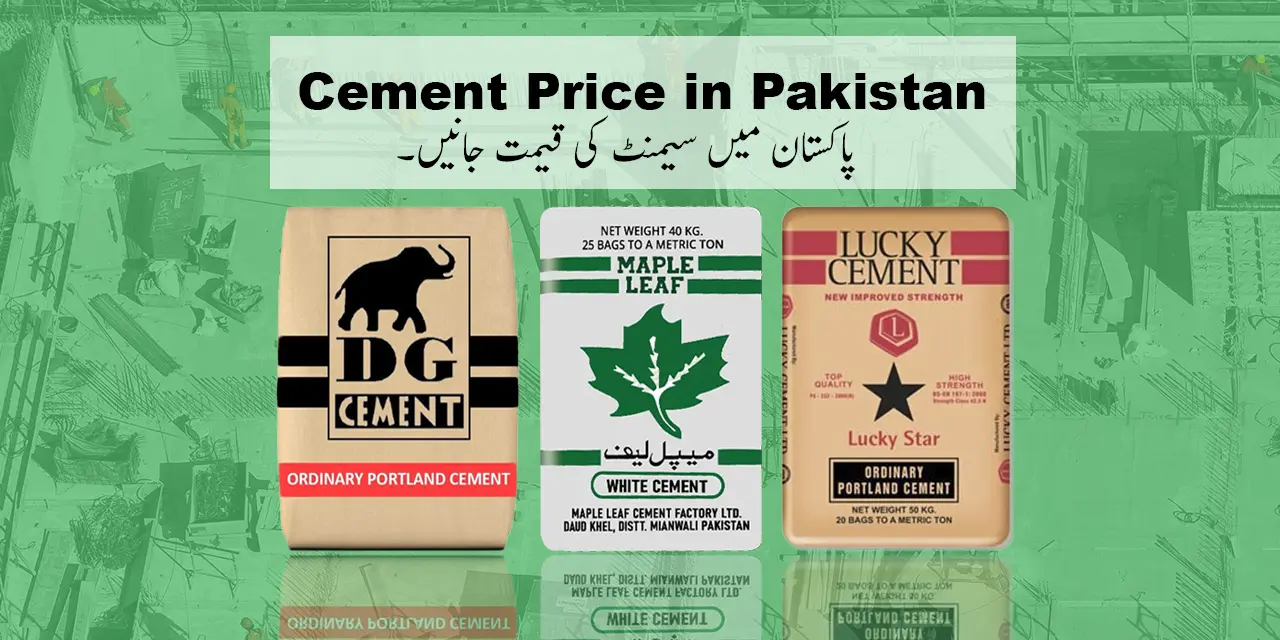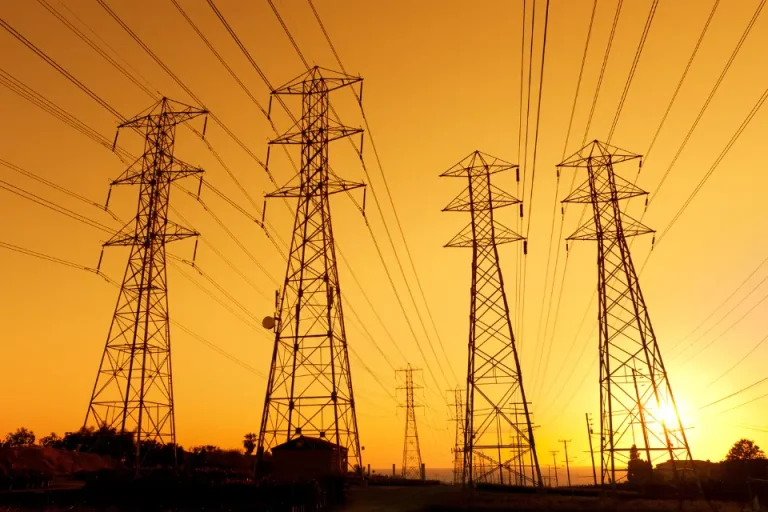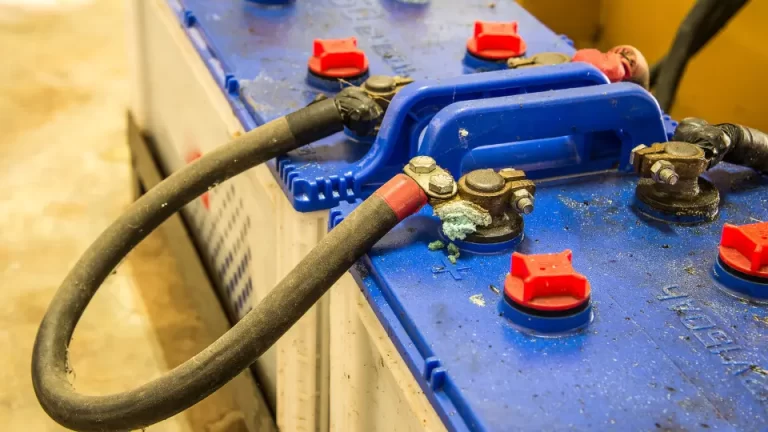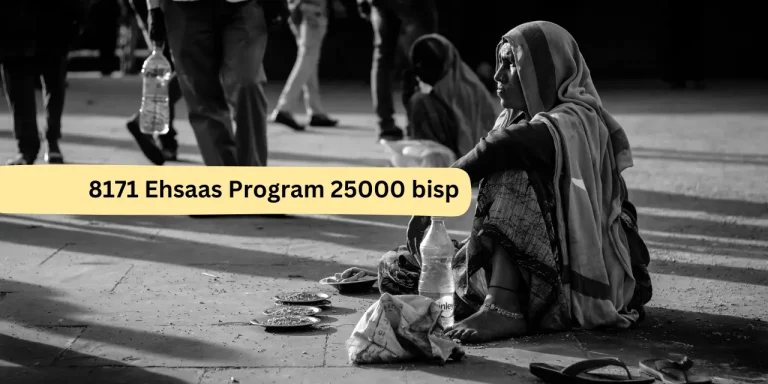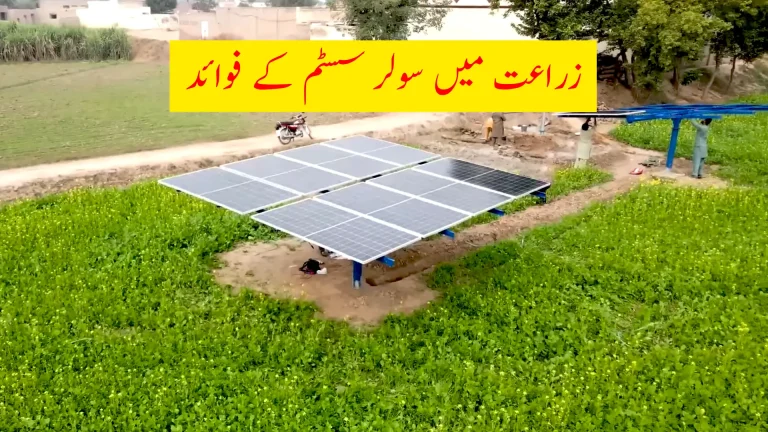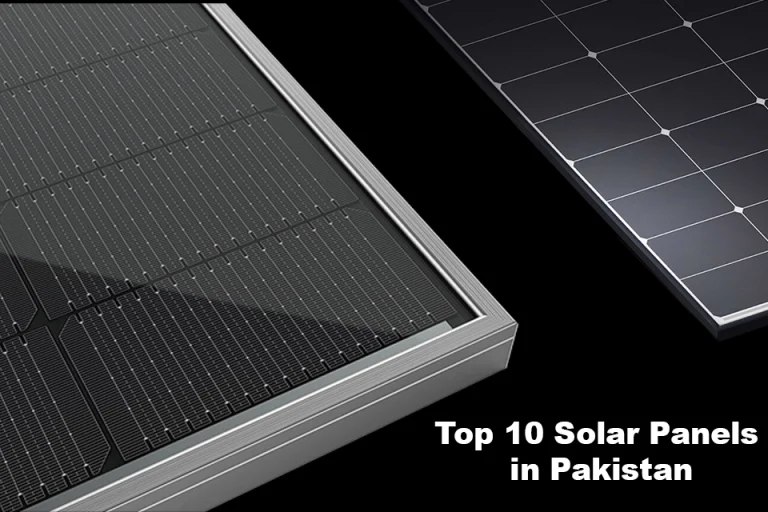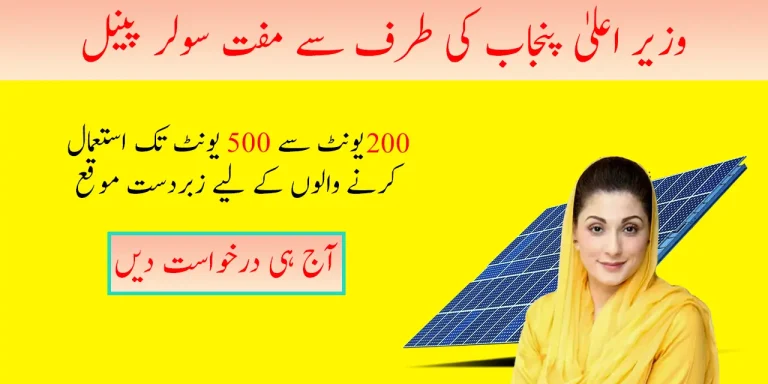Cement Price in Pakistan
Pakistan’s cement industry is well growing that’s why due the demand and supply affect cement price in Pakistan. The construction sector in Pakistan always feel pain due to price fluctuation in pakistan. Being a hydraulic binder, it solidifies when combined with water and goes through a chemical process known as hydration.
In order to manufacture concrete, cement is mostly needed to bind or glue aggregates, which include sand, gravel, and crushed stone. In the line of manufacturing companies, the cement industry in Pakistan is also included. Pakistan is home to a few leading producers of premium-grade, environmentally friendly cement. The Pakistan Bureau of Statistics has released data indicating a modest decline in cement prices in Pakistan, which is positively correlated with the building industry. The fee reduction may also be helpful to individuals who plan to begin building shortly.
The latest Cement Price in Pakistan
White Cement rate in Pakistan
Today white cement price in Pakistan for a 40kg Bag:
| Company | Min Price (Rs) | Max Price (Rs) |
| Maple Leaf White Cement | 2100 | 2200 |
| Kohat White | 2000 | 2150 |
Cement rate today 50 kg in Pakistan
| Serial No | Companies | Price/50kg Bag |
| 1 | Maple Leaf Cement Price | RS. 1,450-1,460 |
| 2 | Askari cement Price | RS.1,460-1,465 |
| 3 | DG Khan Cement Price | RS. 1,460-1,470 |
| 4 | Fauji Cement Price | RS. 1,460-1,470 |
| 5 | Lucky Cement Price | RS. 1,450-1,480 |
| 6 | Kohat Cement Rate | RS.1,420-1,435 |
| 7 | Cherat Cement Rate | RS. 1,420-1,435 |
| 8 | Pioneer Cement Rate | RS. 1,460-1,475 |
| 9 | Power cement Price | RS. 1,460-1,470 |
| 10 | Pakcem Cement Price | RS. 1,450-1,470 |
| 11 | Pioneer Cement Rate | RS. 1,480-1,490 |
| 12 | BestWay Cement Rate | RS. 1,455-1,475 |
| 13 | Falcon Cement Rate | RS.1,440-1,450 |
| 14 | Flaying Pakistan Price | RS. 1,430-1,435 |
Pakistani Cement Prices and Their Influential Factors
The price of cement in Pakistan can be affected by several factors, such as supply and demand, manufacturing costs, and governmental regulations. The building sector is the main driver of cement demand in Pakistan, and variables like raw material and energy prices, as well as transportation costs, impact production costs. The country’s import/export laws and tax rates, in particular, can affect the price of cement.
The following are some of the major variables influencing Pakistani cement prices:
Supply and Demand
In Pakistan, the demand for cement is mostly driven by the building sector. The demand for cement in the nation has been significantly influenced by the expansion of the construction sector, especially in the residential and commercial domains. Seasonality also affects the demand for cement, with summertime usually seeing the highest demand. Additionally, during this time, there is a rise in the demand for cement as a result of increasing building, especially in the housing sector.
Production Expenses
The price of electricity, raw material costs, and transportation all have an impact on the cost of producing cement in Pakistan. The cost of raw materials, which include gypsum and limestone and are necessary for the production of cement, can have a big effect on the final cost of production. The price of energy, such as natural gas and electricity, can also have an impact on cement producers’ production costs. Another important consideration may be transportation expenses, especially for producers who are located distant from their intended markets.
Costs of Transportation
Cement pricing may also be impacted by the expense of transportation from the manufacturing facility to the construction site. The cost of transportation increases with site distance from the plant, which may lead to a rise in cement prices. However, the mode of transportation has an impact on the overall cost of transportation as well.
Trucks are the main mode of transportation for cement, and they are prone to delays, traffic jams, and other problems that extend travel times and raise costs. The state and availability of trucks also influence the cost of transportation. Delays and higher expenses may result from inadequate trucking capacity and inadequate road infrastructure.
Governmental Directives
Government policies can also impact the cost of cement in Pakistan. The cement sector is subject to tax rates imposed by the government, which may impact production costs as a whole. The government controls cement imports and exports, which may affect the availability of cement in the regional market. Furthermore, government initiatives to support the building sector, such as tax exemptions and subsidies, may affect the nation’s cement consumption.
Exchange rates for currencies
Since cement is imported into Pakistan, price fluctuations in currency exchange rates may impact it. The decline of the Pakistani rupee may raise imported cement costs. Furthermore, the value of the Pakistani rupee can be impacted by a number of external factors, including political unrest, economic downturns, and other worldwide market circumstances, which can frequently influence currency exchange rates.
Because of this, cement prices are subject to unexpected spikes or decreases based on fluctuations in foreign exchange rates.
FAQS
Which cement is the best in Pakistan?
In Pakistan, LCL is the biggest manufacturer and exporter of clinker and cement. The company’s annual manufacturing capacity is 15.3 million tons.
Which three cement grades are the most basic?
The Indian market offers three different grades of Ordinary Portland Cement: grade 33, grade 43, and grade 53. Plastering is done with M20 grade concrete, which is utilized in grade 33. Flooring, plastering, and precast all use grade 43.
How much cement is needed to make one thousand bricks?
About 120 kg of cement is required to make 1000 pieces of standard 9.5 x 2.75 x 1 bricks. To construct a 1:5 mortar mix for your brick wall, you will also need about 0.4 cubic meters of sand mixed with your cement.
Which Pakistani cement grade is the best?
Superior quality cement, Power 53 Grade OPC, attains a nearly full 28-day strength of 43 grade in just seven days.
What does Pakistani 53-grade cement mean?
Products: 1st Quality Cement in Pakistan Power 53 Grade SRC is not only high-strength cement but is very appropriate for concrete constructions subject to a sulfate environment. It works very well in situations where there are sulfates in the soil, groundwater, seawater, etc.
What is the difference between SRC and OPC types of cement?
Sulfate-resistant cement (SRC) is designed to withstand sulfate attacks, which can happen in areas with high soil or groundwater sulfate concentrations.
The most widely used kind of cement is OPC, which is well-known for its versatile uses in building.
Related Post: Steel Price in Pakistan
